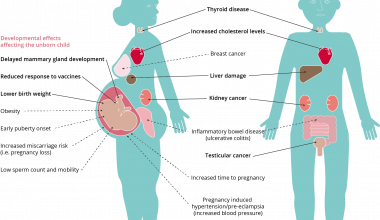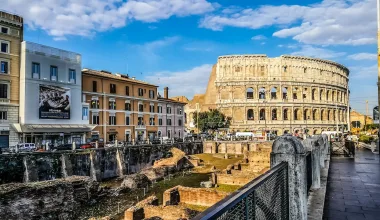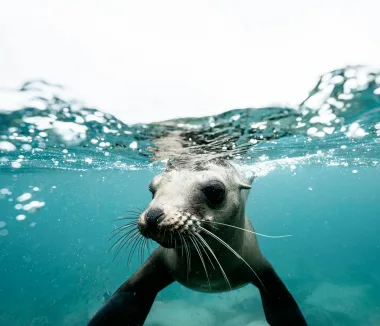Last Updated on May 8, 2024 by Ecologica Life
The Ozone is a shield of gas that protects the Earth from the harmful ultraviolet radiation of the sun. It is located approximately 10-30 kilometres above the Earth’s surface.
What Caused the Hole in the Ozone Layer
The ozone layer has been under threat since the 1970s due to the release of chlorofluorocarbons (CFCs) and other ozone-depleting substances (ODS) into the atmosphere.
The Montreal Protocol, an international agreement to reduce the production and consumption of ODS, was signed in 1987 and has widely been regarded as one of the most successful international agreements ever made and committed to by countries worldwide.
You can find out more about the story of ozone hole in our article: The Ozone Layer: Past, Present and Controversy.
Current State of the Ozone Layer
The ozone layer has been slowly recovering since the Montreal Protocol was signed. According to an optimistic report backed by the United Nations (UN), the ozone layer is on track to make a full recovery and to close the ozone hole within four decades.
The new report published every four years by the Scientific Assessment Panel to the Montreal Protocol on ODS confirms that the phase out of nearly 99% of banned ODS has succeeded in protecting the ozone layer.
This is not only good for the ozone layer but for life on Earth too. The recovery of the ozone has led to decreased human exposure to harmful ultraviolet (UV) rays from the sun. Too much UV can promote premature aging, skin cancer and potentially blinding eye diseases also such as macular degeneration. It can also damage crops and marine life.
“That ozone recovery is on track according to the latest quadrennial report is fantastic news. The impact the Montreal Protocol has had on climate change mitigation cannot be overstressed. Over the past 35 years, the Protocol has become a true champion for the environment.”
Meg Seki, Executive SECRETARY OF THE UNITED NATIONS ENVIRONMENT PROGRAMME’S OZONE SECRETARIAT.
Combatting Climate Change
As part of the Montreal Protocol, in 2016 an additionally agreement (Kigali Amendment) was made to phase down the production and consumption of some hydrofluorocarbons (HFCs). HFCs have been used by manufacturers instead of CFCs when they were banned.
HFCs do not directly deplete ozone, but are powerful climate change gases. The Scientific Assessment Panel said that this amendment is estimated to avoid 0.3-0.5ºC of warming by 2100.
Ozone action sets a precedent for climate action. Our success in phasing out ozone-eating chemicals shows us what can and must be done – as a matter of urgency – to transition away from fossil fuels, reduce greenhouse gases and so limit temperature increase
WMO Secretary-general prof. petteri taalas
The data gathered for this report has been gathered by scientists around the world; World Meteorological Organisation (WMO), United Nations Environment Programme (UNEP), National Oceanic and Atmospheric Adminstration (NOAA), National Aeronautics and Space Administration (NASA) and European Commission.
Geoengineering
It has long been discussed among scientists whether geoengineering could or should be employed to combat climate change.
For the first time, the Scientific Assessment Panel openly discussed the potential effects of geoengineering. However the panel cautions that there could be unintended consequences of such actions.








